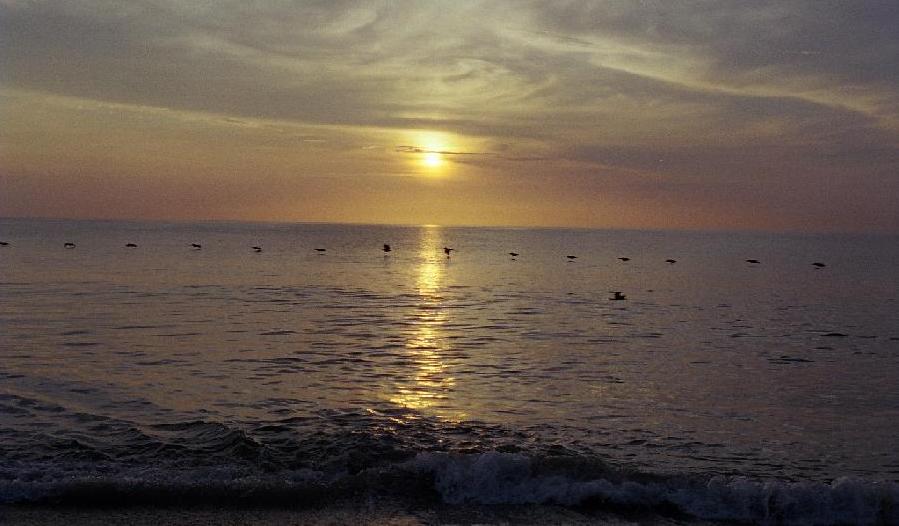
 Brush with history...
Brush with history...

We decided to go for a drive towards the north part of the island. It was a bright, peaceful morning, the air crisp and clean. Traffic was light that time of morning, and we pretty much had the road to ourselves.
 |
North of Duck, the island narrows to the width of a K- Mart parking
lot. We passed one line of houses along the road, which seemed to have
the best views on the island. In the back yard, the owners could watch
the sunrise over the ocean, and then watch the sunsets over the sound in
the front yard. Fewer neighbors to deal with, too. The island was too narrow
at that point for more than one row of houses.
There was a wild horse sanctuary on the north end of the island. The brochures added that although there were about 90 of them, the horses liked to hide out and might not be visible. They weren't. The road took us to the Corolla Lighthouse, a charming brick tower amongst a neighborhood of cottages and trees. It wasn't open yet, but we had fun getting out and walking around the grounds. I filled up the car with gas and took us back to the house. |
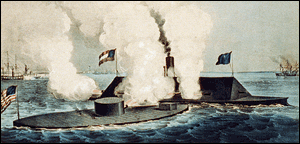 When
I was in 6th grade, I read a book about the epic clash between the Union
ship Monitor and the Confederate ironclad Merrimac. I forget
who wrote it, but it stirred my imagination. Those ships changed naval
history, modern warfare and, subsequently, the fate of the world. If that
book had come out in 1860, it would have been called science fiction. When
I was in 6th grade, I read a book about the epic clash between the Union
ship Monitor and the Confederate ironclad Merrimac. I forget
who wrote it, but it stirred my imagination. Those ships changed naval
history, modern warfare and, subsequently, the fate of the world. If that
book had come out in 1860, it would have been called science fiction. |
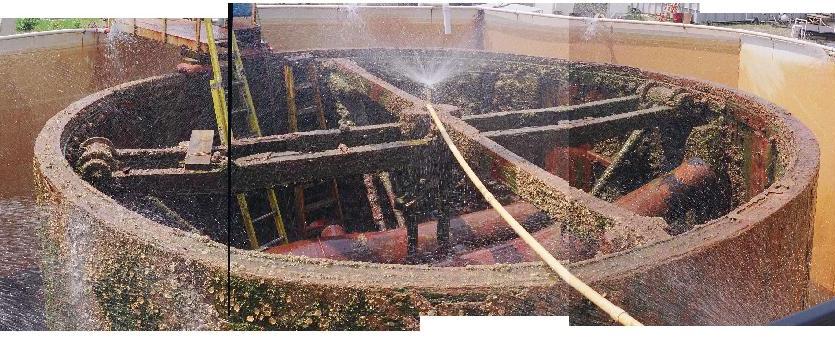
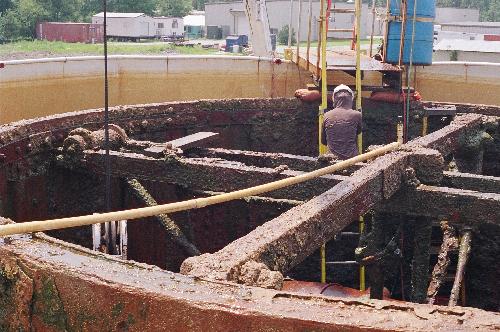 |
This picture gives you an idea of the scale of the ship. One of the researchers climbs down into the turret of the Monitor to recover artifacts and debris. |
| That's me, outside the Mariner's Museum in Newport News. The big, white tank behind is where they are storing and preserving the turret of the Monitor. Do I look like I'm having a good time? | 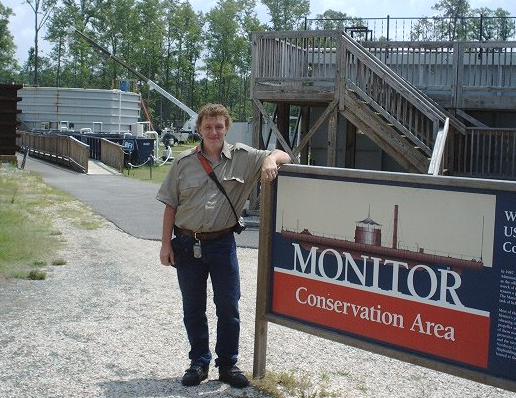 |
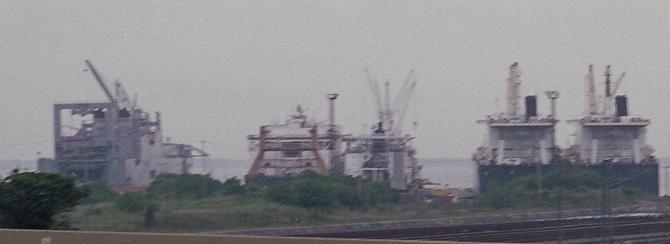
| Day
1 -- Day 2 --
Day 3 -- Day
4 -- Day 5 --
Day 6 -- Day
7
Day 8 -- Day 9 -- Day 10 -- Day 11 -- Day 12 -- Day 13 |